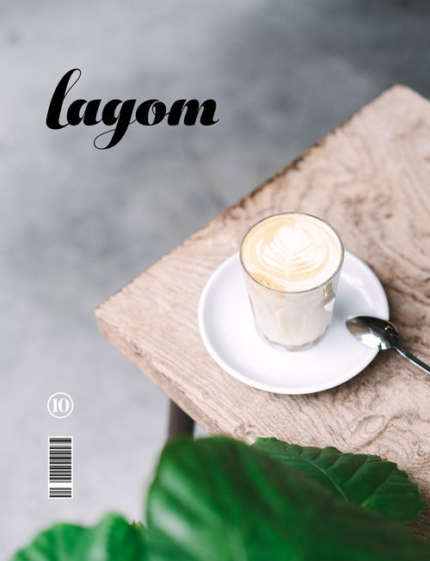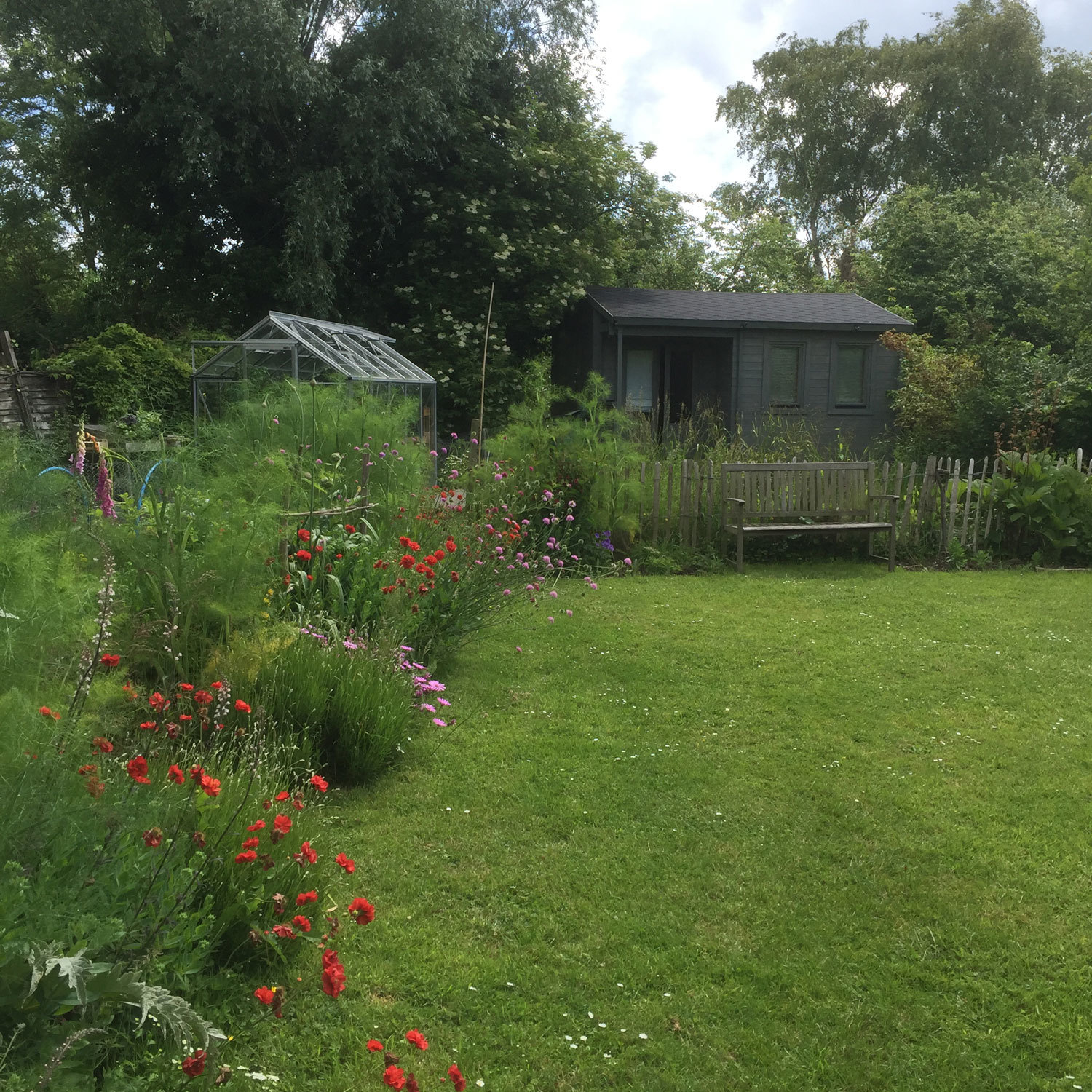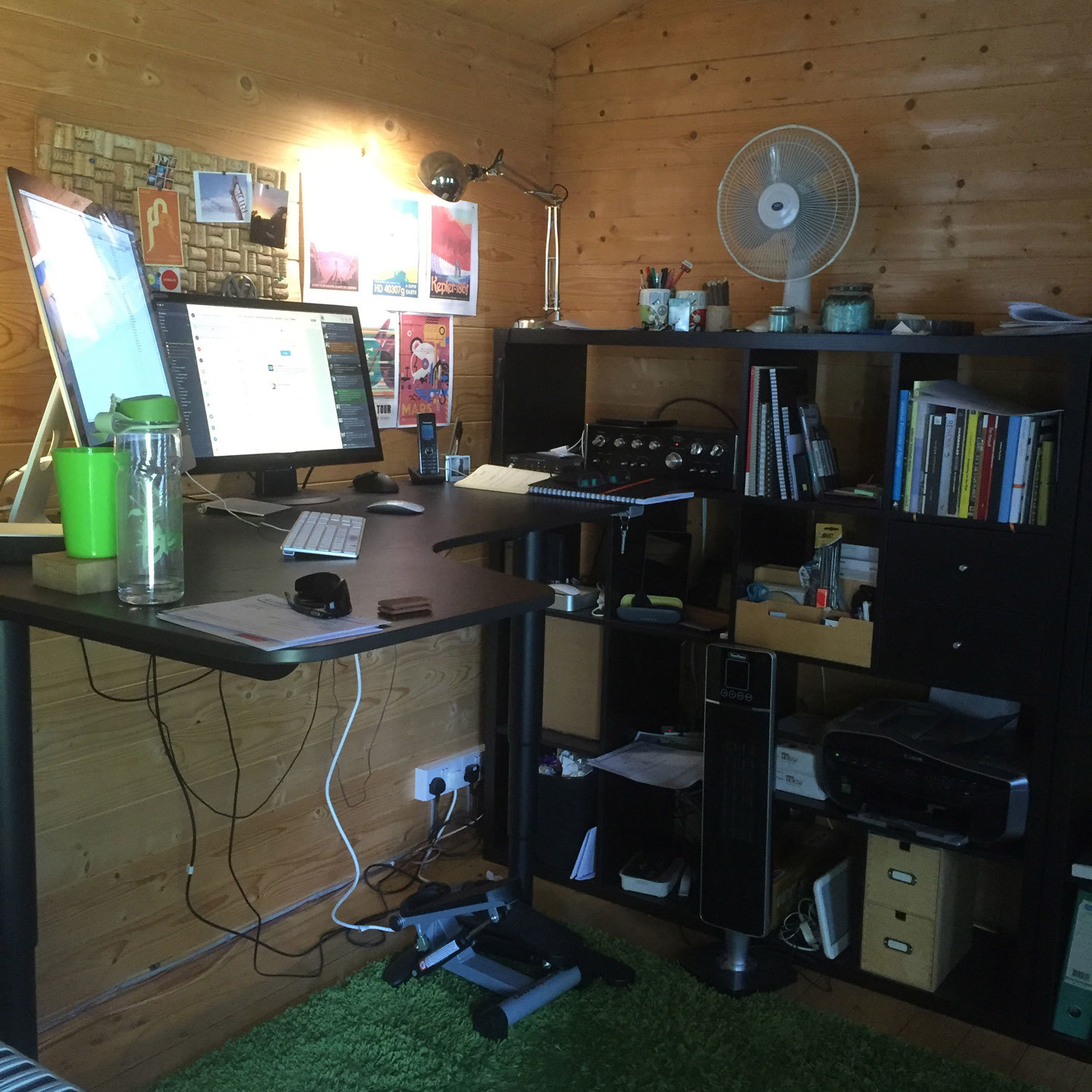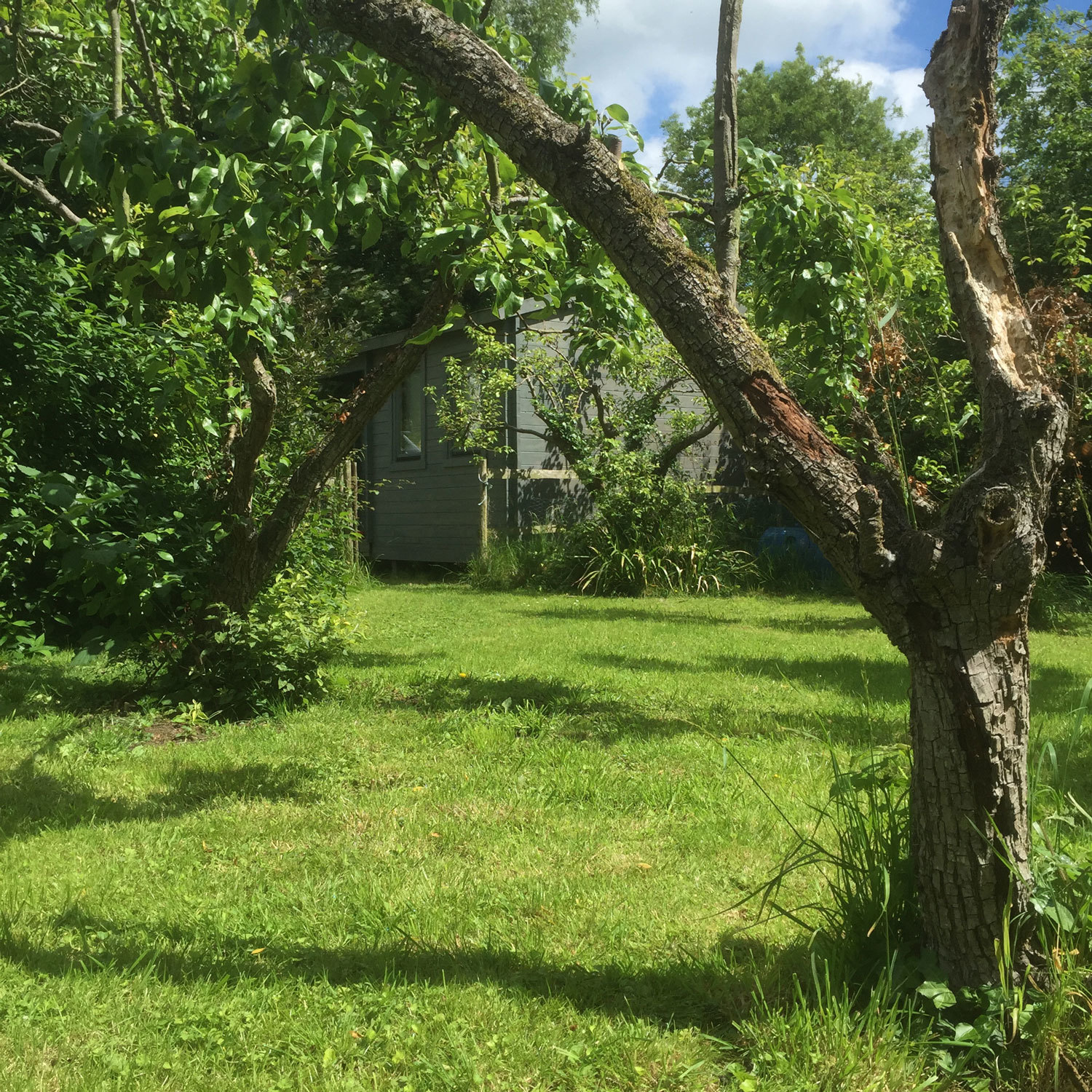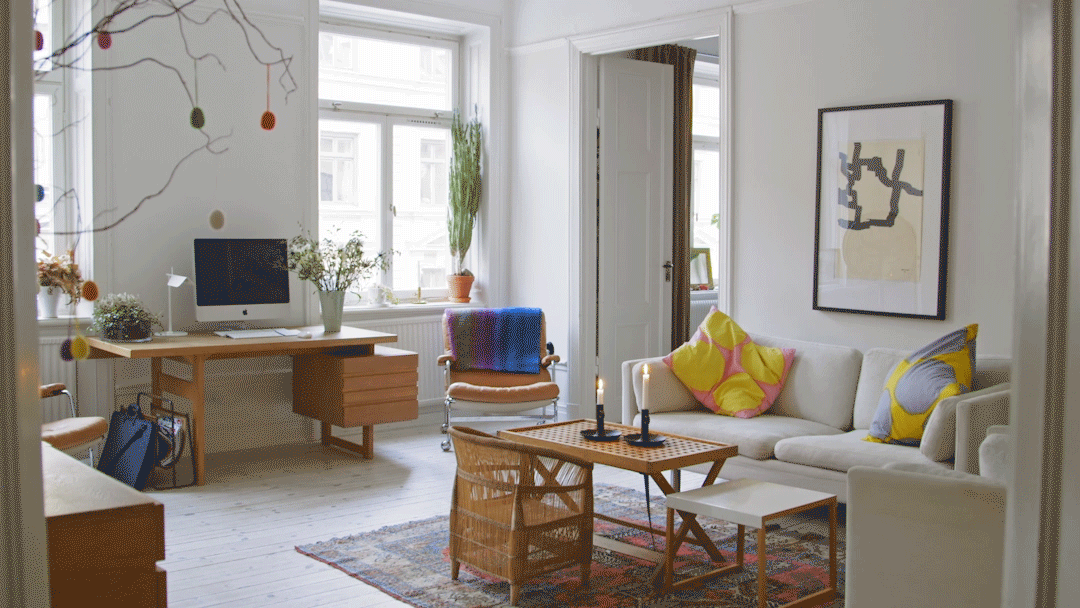Workspace: Paul Ledbrook
August 03, 2016
Nestled in the Kent countryside in a pear orchard is web designer Paul Ledbrook's log cabin, which serves as his workspace. He opens the doors to us and talks about the importance of taking time to look away from the screen.
What are your most prized items in the studio?
I have a custom-built fly rod that I had made in return for helping with a website. My sit/stand desk has revolutionised the way I work and I wouldn’t be without it now. I love my Sansui 70s hi-fi system, turntable and array of speakers. My ISO50 1971 (the year I was born) poster takes pride of place on my wall, but the one thing that means the most out of all my ‘things' is a simple photo.
It’s a photo of myself and my friends in, on, and in front of my old VW camper. I sold the camper a few years ago but had 15 years of adventures in it and it’s how I met my other half back in Oxford. The photo was taken in Southampton on the way back from a wedding on the Isle of Wight where our folk band had played. On the way back to Oxford the van spluttered to a halt, luckily very near near a pub where we waited for a few hours with Guinness for the AA man. Without that van and those friends my life would be very different today. It’s a lovely memory of the van (maybe not the breaking down bit!), my life in Oxford, and the folk band. In the last month though, the photo has taken on a whole lot more meaning. You see, one of the people in the photo, leaning out of the front window smiling, was Jo Cox, the MP who was killed. She was a good friend and will be sadly missed. It’s funny how a static image from 12 years ago can change in sentiment so much. It feels like a very different photo to what it did a few weeks ago. In fact, everything feels very different to what it did a few weeks ago.
What was the building before it was an office?
We planned to build it when we moved from Oxford to the country. It was the huge garden and pear orchard that sold the house to us, as well as the great location near the sea in a small village with a great pub. The plan was to build a log cabin tucked away in one corner of the garden next to the orchard and pond to use as a purpose-built office space. It took another 12 months after we moved in to get it built and start working from it.
Did you have to do much work to make it functional as a workspace?
Thankfully, as it was a new build, I didn't have to do a huge amount to it — apart from a lot of painting — but it has changed quite a bit over the years. After spending many years working in spare rooms, my equipment list was minimal — an old Ikea corner desk, chair and computer — so when I had a lovely new wooden shack to work from it felt very empty to begin with. As with all good empty spaces it fills up with ‘stuff’ very quickly and so last year I completely renovated the interior from scratch. I designed and built a fly-tying bench made from recycled kiln shelves, and added a grid-based shelving system to hold my 70s hi-fi equipment, turntables, and records along with books, magazines, and my device testing library.
One of the best purchases was a new sit/stand desk, which has made a huge difference to the way I work. Nagging back issues have disappeared and it’s generally a much more energised way to work.
How often do you step away from the screen?
As often as I can or need to, but it’s not always that simple. Having the sit/stand desk really helps in keeping me mobile, and makes it easy to stroll over to the door to watch the frogs in the pond for a few minutes while my brain ponders on a coding or design problem. I still find myself ‘in the zone' and at the screen for long periods, so it’s important to find a reason to have a break. I’m very lucky in that I can turn round from my digital desk and I have my fly tying bench behind me. I love the balance and contrast of battling with code one minute and then tying a trout fly the next. It’s a great way to get away from the screen and do something else creative in a completely different way. Sometimes even just the act of finding a record, cleaning it and putting it on is enough to make that break for a few minutes.
Living in the country and working from home provide their own natural reasons to get away from the screen as well. A walk up the hill through the orchards to look at the view over the countryside towards the sea and the wind farm, ten minutes in the hammock watching the swallows fly overhead, or a kick around with a football after school all get me away from the screen and give my brain time to disengage from daily work tasks. It also helps to ground me and let me know there’s a bigger word out there away from the confines of the office and technology. It’s in this place that inspiration can strike.
How important is it to you to break up the day by spending some time away from the screen?
The good it does you to get away from the screen shouldn’t be underestimated. In this type of work, we’re surrounded by screens and technology for the majority of our working week as well as at home, so getting some kind of balance away from this is good — but it’s not necessarily an easy thing to do.
I work long hours during the week, so I always try and take some time off to go fly fishing on a Friday afternoon. It’s a great way to wind down from the working week, free your mind, and get that monkey off your shoulder.
But getting the balance right is extremely hard to do. When you work for yourself, you have no-one else to do the job for you, so you have to keep at it until it’s done. It’s all too easy to get bogged down in problems and become a slave to deadlines. When you do take that much-needed break, you can feel guilty because you’re not working — but it’s important to try and build that down-time into your routine, as the benefits of doing so are huge.
Do you have any personal remedies for when you’re having a moment of creative block or stresses with work?
I can’t tell you how many times I’ve been battling with a problem late into the evening only to hear my good lady utter those wise words: “Leave it until the morning — you’ll sort it out in no time,” and then the next morning it takes me 10 minutes to fix! Your brain needs time to digest, and even a 10 minute walk can do wonders. Banging your head against a work problem never gets the best results. Walk away, do something else, then come back to it.
For me, fishing is the perfect activity to give my brain a chance to work on a problem in the background. I’m focused purely on the water in front of me, watching for signs of fish, and considering what flies to use. I’m in the moment for a lot of the time while fishing, and these moments give your brain the time it needs to catch up, with room to breathe away from the stress. Taking time away from the problem is the best way to solve the problem.
